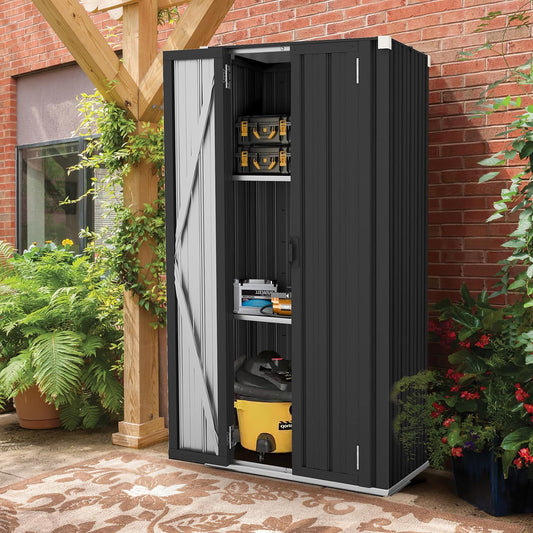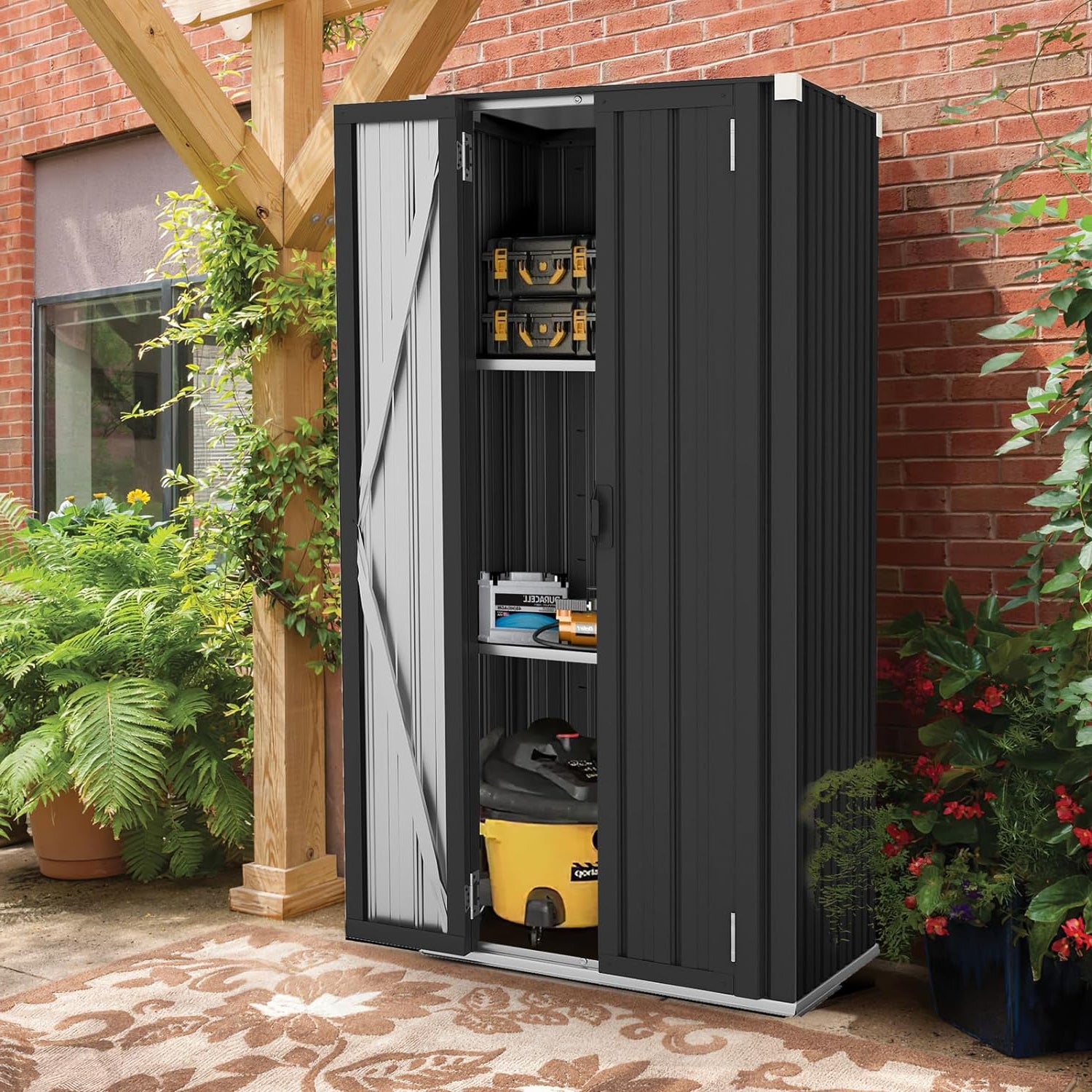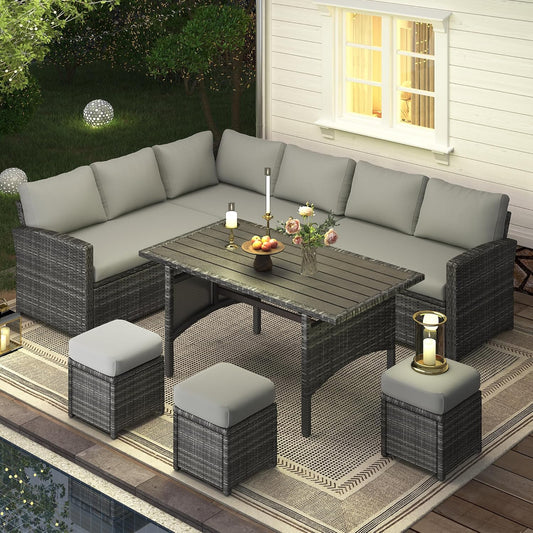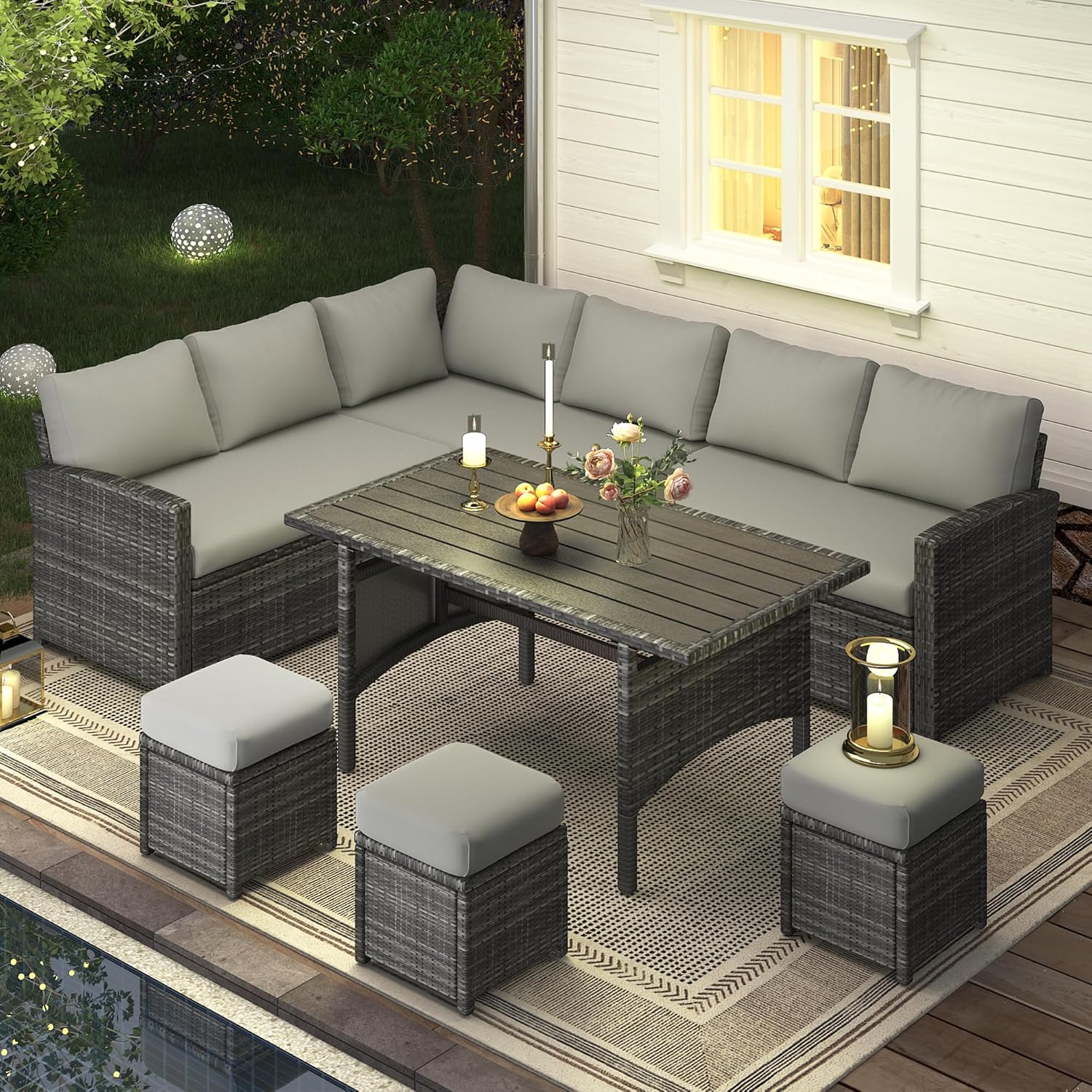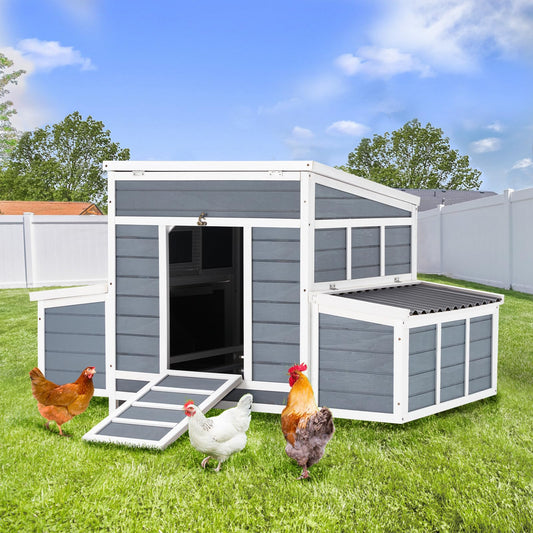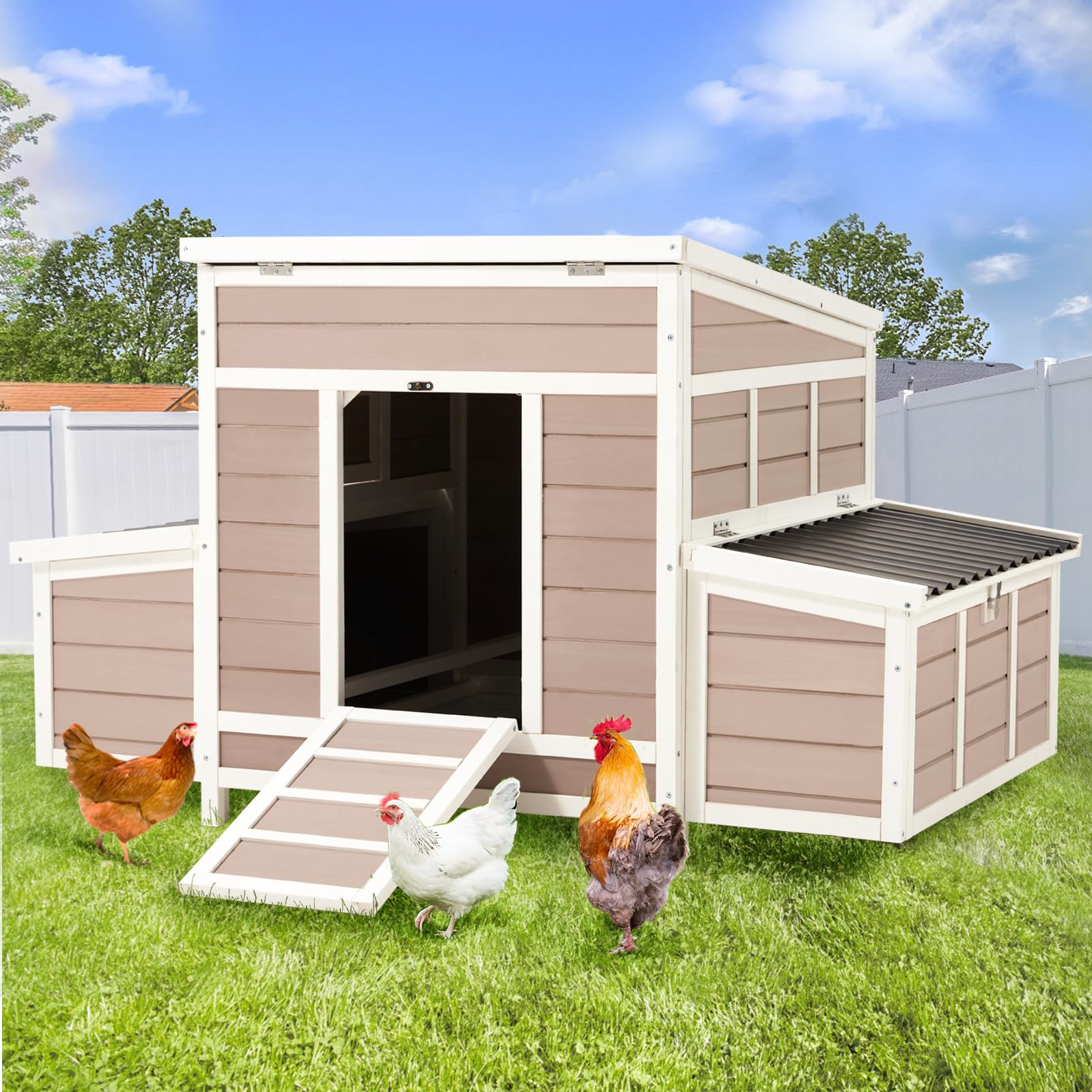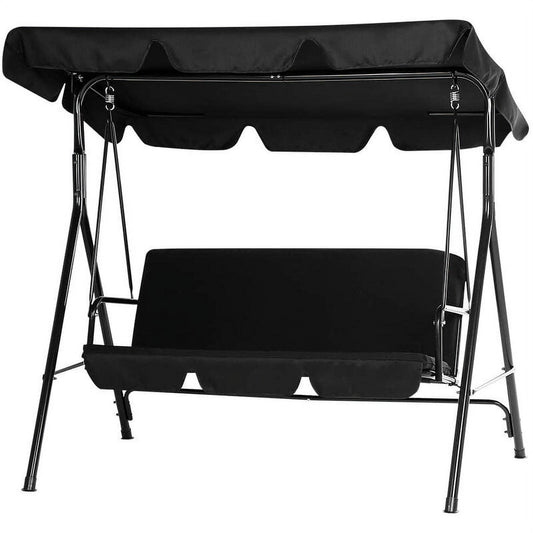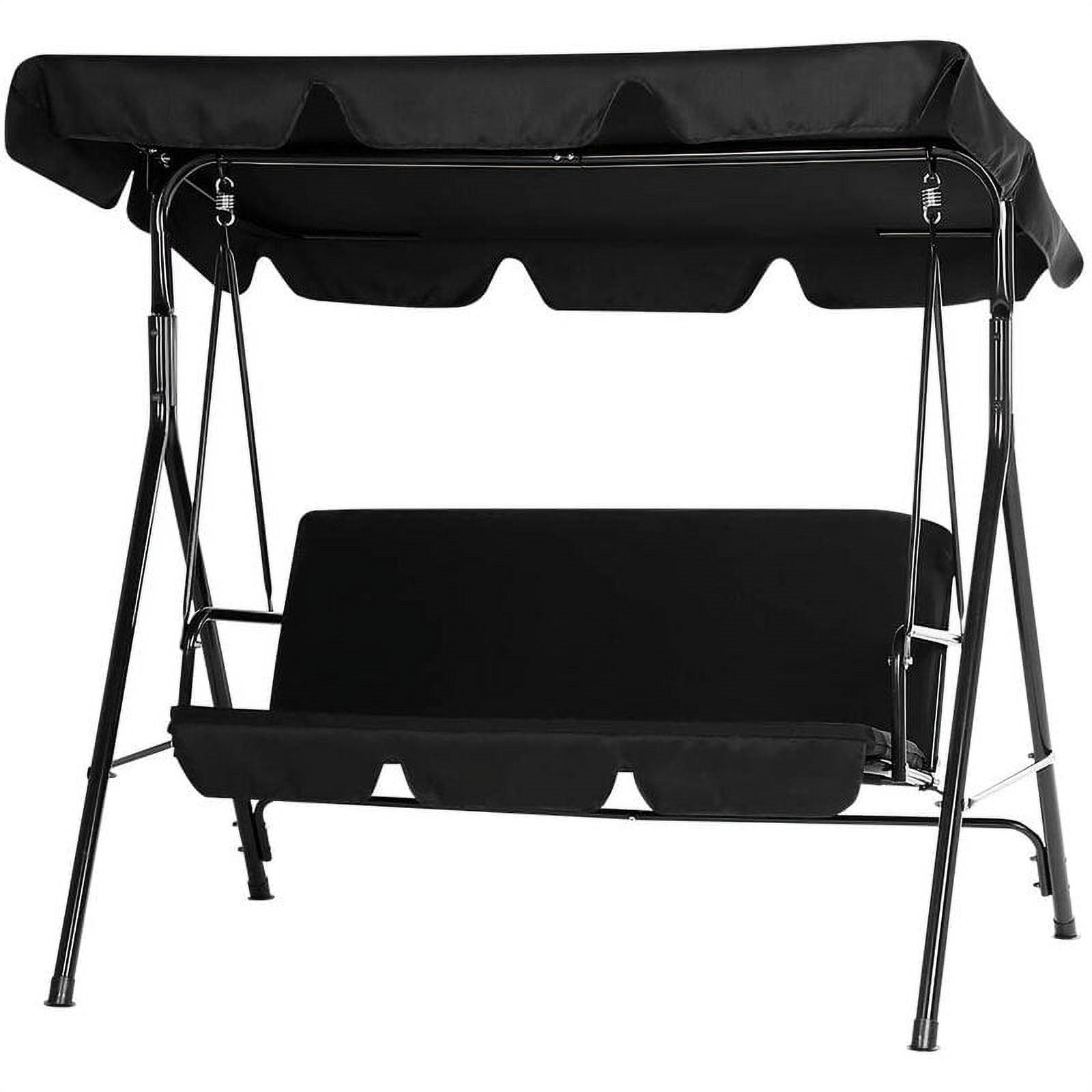A patio gazebo is a valuable addition to any outdoor space, providing shade, comfort, and an elegant aesthetic. Whether you own a 12x12 gazebo, a 10x12 gazebo, or a small gazebo, regular maintenance is key to ensuring durability, preventing damage, and maintaining its visual appeal. Without proper care, wooden gazebos can deteriorate, metal structures may rust, and fabric canopies may wear out over time.
By following a consistent maintenance routine, you can extend the lifespan of your gazebo, avoid costly repairs, and enjoy your outdoor retreat for years to come. This guide will cover the best cleaning methods, weatherproofing techniques, and essential maintenance practices to keep your patio gazebo in excellent condition.
Let’s start by understanding why regular maintenance is essential and how it benefits your gazebo’s longevity.

Why Is Regular Gazebo Maintenance Essential?
If you want to see a variety of gazebos, you can click on the YODOLLA online store, where you can choose from different sizes and styles.
Keeping your patio gazebo in top condition requires consistent upkeep, from routine inspections to thorough cleaning. Neglecting maintenance can lead to structural instability, weather damage, and costly repairs. Here’s why regular care is a must.
1. Extending the Lifespan of Your Patio Gazebo
Regular maintenance helps prevent premature wear and tear, allowing your gazebo to remain sturdy and visually appealing for many years.
- Wooden gazebos require sealing or staining to prevent rot, mold, and insect infestations.
- Metal gazebos need rust prevention treatments to avoid corrosion and structural weakness.
- Fabric canopies should be cleaned and stored properly during harsh weather to prolong their usability.
A well-maintained gazebo not only lasts longer but also retains its value as an outdoor feature.
2. Avoiding Costly Repairs with Proper Upkeep
Ignoring small maintenance tasks can result in expensive repairs or full replacements. Preventative care can save money and effort in the long run.
- Torn canopies can lead to larger rips if left untreated.
- Loose bolts or weakened joints can cause instability and potential collapse.
- Untreated wood can develop rot, requiring expensive restorations.
By inspecting and addressing minor issues regularly, you can prevent major structural damage.
3. Enhancing Safety and Structural Stability
A poorly maintained patio gazebo poses safety risks to your family and guests. Ensuring strong support, clean surfaces, and weatherproofing enhances overall safety and usability.
- Check for loose screws, bolts, and connectors to maintain gazebo stability.
- Inspect flooring for cracks or splinters to prevent accidents.
- Trim nearby trees and remove debris to avoid falling branches or water buildup.
Routine inspections and minor adjustments help keep your gazebo secure, allowing you to relax without worry.
What Are the Best Cleaning Practices for Your Gazebo?
A clean gazebo not only looks great but also prevents damage caused by dirt, mold, and debris buildup. Different materials require specific cleaning methods to maintain their integrity.
1. Cleaning Different Gazebo Materials
Each gazebo type requires a tailored cleaning approach:
|
Gazebo Material |
Cleaning Method |
Frequency |
|
Wooden Gazebos |
Use mild soap, water, and a soft brush. Apply wood sealant to prevent rot. |
Every 2-3 months |
|
Metal Gazebos |
Wipe down with a damp cloth and mild detergent. Apply anti-rust treatment if needed. |
Monthly |
|
Fabric Canopies |
Remove and hand wash with gentle soap. Allow to dry completely before reinstallation. |
As needed, before and after seasonal use |
|
Vinyl or Plastic Gazebos |
Hose down with water and use a non-abrasive cleaner for stains. |
Monthly |
Using the right cleaning method for your gazebo material prevents damage and maintains its visual appeal.
2. Maintaining the Roof, Floor, and Hard-to-Reach Areas
Cleaning only the visible parts of your gazebo isn’t enough—dirt and debris can accumulate in hidden areas. Pay special attention to:
- Roof panels or canopy tops – Remove leaves, dust, and moisture buildup to prevent mold.
- Flooring and decking – Sweep away dirt and check for cracks or loose planks.
- Support beams and joints – Clean cobwebs, tighten bolts, and remove rust if necessary.
A comprehensive cleaning routine keeps all parts of your 12x12 gazebo, 10x12 gazebo, or small gazebo in great shape.
3. Seasonal Deep Cleaning for Year-Round Protection
Your gazebo needs different cleaning routines based on the season:
- Spring & Summer – Regular dusting, sweeping, and canopy washing to maintain freshness.
- Fall – Remove fallen leaves, trim surrounding plants, and check for signs of wear.
- Winter – Store or cover fabric canopies and apply protective sealants to wood.

A seasonal deep clean ensures your gazebo remains strong, clean, and weatherproof all year round. In addition, a gazebo that can adapt to various seasons and weather is also important, so I highly recommend YODOLLA's gazebo, which is of good quality and can adapt to various climates.
How Can You Protect Your Gazebo from Weather Damage?
A patio gazebo is constantly exposed to the elements, making weatherproofing essential for longevity. Whether you have a wooden gazebo, a 12x12 gazebo, or a small gazebo, protecting it from UV exposure, moisture, and extreme weather helps maintain its structure and appearance.
1. Best Weatherproofing Techniques for Different Materials
Different gazebo materials require specific weatherproofing treatments to ensure durability.
|
Gazebo Material |
Weatherproofing Method |
Benefits |
|
Wooden Gazebos |
Apply a waterproof sealant or stain every year. Cover with a tarp in extreme weather. |
Prevents rot, mold, and wood warping. |
|
Metal Gazebos |
Use anti-rust spray or powder coating. Inspect for scratches to avoid corrosion. |
Protects against rust and structural weakening. |
|
Fabric Canopies |
Store during winter, apply a UV-resistant and waterproof spray. |
Prevents fading, tearing, and water damage. |
|
Vinyl or Plastic Gazebos |
Clean regularly with mild detergent, apply UV protectant. |
Reduces sun damage and keeps material from becoming brittle. |
Applying weather-resistant coatings and inspecting your gazebo seasonally will help it withstand various weather conditions.
2. Preventing UV Damage, Moisture, and Extreme Weather Effects
Constant exposure to harsh sunlight, heavy rain, or snowfall can weaken your gazebo over time. Here’s how to protect it:
- UV Protection: Use UV-blocking sealants or fabric protectors to prevent fading and brittleness.
- Waterproofing: Ensure the roof and joints are sealed properly to stop water from seeping in.
- Wind Resistance: Secure lightweight gazebos with weighted anchors or tie-downs to prevent movement during strong winds.
If you live in an area with frequent storms, consider removable canopies that can be taken down during extreme weather.
3. Using Covers and Protective Accessories
Investing in protective accessories can extend the life of your gazebo with minimal effort.
- Gazebo covers – Perfect for winter storage, keeping dust, moisture, and debris away.
- Side curtains or netting – Adds protection from wind, rain, and insects while maintaining airflow.
- Drainage solutions – Installing gutters or angled roofs helps prevent water accumulation.
Proper weatherproofing ensures that your patio gazebo, whether it’s a 10x12 gazebo or a wooden gazebo, stays functional and attractive for years.
Now that we’ve covered weather protection, let’s discuss how to conduct regular inspections to spot potential damage early.
What Should You Look for During Regular Inspections?
Routine inspections help detect small issues before they turn into major problems. Whether you have a metal, wood, or vinyl gazebo, a thorough visual and structural check ensures safety and longevity.
1. Identifying Signs of Wear and Tear
Over time, even the best patio gazebos experience natural wear. Look for:
- Wood rot or insect damage in wooden gazebos.
- Rust or corrosion on metal frames.
- Cracks or brittleness in plastic or vinyl gazebos.
- Tears, fading, or mold on fabric canopies.
Early detection allows you to fix minor issues before they require expensive repairs.
2. Checking Roof, Flooring, and Support Structures
The roof, flooring, and frame are the most critical components of your 12x12 gazebo or small gazebo. Pay attention to:
- Roof panels – Ensure they are secure, clean, and free from leaks.
- Flooring – Check for loose boards, cracks, or signs of water damage.
- Support beams and joints – Tighten loose bolts or screws to maintain stability.
A stable, well-maintained structure prevents safety hazards and keeps your gazebo in prime condition.
3. Knowing When Repairs Are Needed
Regular inspections can catch early signs of damage, but knowing when to repair or replace parts is equally important.
|
Issue |
Repair or Replace? |
|
Loose or missing screws |
Tighten or replace screws. |
|
Minor rust on metal |
Sand and repaint with anti-rust coating. |
|
Small tears in fabric canopy |
Patch or sew the tear before it worsens. |
|
Severe wood rot |
Replace affected beams or panels. |
|
Bent or unstable metal frame |
If extensive, replacing the structure may be safer. |
By performing seasonal inspections, you can keep your gazebo safe and in excellent condition for years to come. For example, the YODOLLA 14’ x 10’ wall-mounted reclining gazebo with curtains and nets is easy to maintain and clean. The curtains and nets are removable, which makes cleaning very convenient and also extends the service life.

Now, let’s explore when to seek professional help or replace parts of your patio gazebo.
When Should You Replace Parts or Seek Professional Help?
Even with regular maintenance, some parts of your patio gazebo will naturally wear out over time. Knowing when to repair, replace, or seek professional assistance can prolong its lifespan and ensure safety.
1. Common Gazebo Parts That Need Replacing
Certain gazebo components degrade faster than others, requiring periodic replacement. Here are the most common parts that may need attention:
|
Component |
Signs It Needs Replacement |
Recommended Action |
|
Fabric Canopy |
Fading, tearing, or mold growth |
Replace with a weather-resistant canopy |
|
Roof Panels |
Leaks, cracks, or sagging |
Install new panels to maintain protection |
|
Metal Frame & Joints |
Rust, corrosion, or bending |
Replace rusted parts to prevent instability |
|
Wood Beams & Flooring |
Rot, insect damage, or warping |
Swap out damaged wood and reapply sealant |
|
Bolts, Screws & Fasteners |
Loosened or missing pieces |
Tighten or replace for added security |
If your 10x12 gazebo or 12x12 gazebo has multiple failing components, it may be more cost-effective to invest in a new structure rather than making continuous repairs.
2. DIY Repairs vs. Hiring a Professional
Many minor gazebo repairs can be handled with basic tools and materials, but some structural problems may require expert assistance.
Repairs You Can Handle Yourself
- Tightening screws and bolts
- Patching small tears in the canopy
- Cleaning and reapplying waterproof coatings
- Removing minor rust from a metal gazebo
When to Call a Professional:
- If the frame is unstable or bent, which could compromise safety
- For major wood repairs, such as extensive rot or termite damage
- If the roof structure is significantly weakened due to extreme weather damage
- If your gazebo plans include upgrading materials or installing new features
A structurally unsound gazebo is a safety hazard, so it’s best to seek professional help for complex repairs.
3. Knowing When It’s Time for a New Gazebo
If your gazebo requires frequent repairs and ongoing maintenance costs outweigh its value, replacing it may be the better option. Signs that it’s time for an upgrade include:
- Severe structural damage beyond minor repairs
- Persistent leaks or mold growth despite maintenance
- Widespread rust or rot weakening the frame
- Outdated design or insufficient space for your needs
Whether you’re considering a new wooden gazebo, a small gazebo, or upgrading to a 12x12 gazebo, investing in a high-quality, weather-resistant structure will save time and effort in the long run.
Conclusion: Maintaining Your Gazebo Year-Round
Regular maintenance is essential for keeping your patio gazebo in top condition, ensuring it remains a functional and attractive part of your outdoor space for years. By following a consistent cleaning routine, inspecting for signs of wear, and taking preventive measures against weather damage, you can avoid costly repairs and extend the lifespan of your gazebo.For example, the YODOLLA Metal 10x12 Outdoor Pergola and Gazebos shown below can be used for many years with proper maintenance. The store is also having a spring sale right now, with a wide variety of products to choose from.

Whether you have a wooden gazebo, a small gazebo, or a 12x12 gazebo, routine upkeep—such as tightening bolts, reapplying sealants, and replacing worn-out parts—helps maintain its structural integrity and aesthetic appeal. Proper weatherproofing techniques, including UV protection, moisture control, and the use of protective covers, also play a key role in preventing damage caused by sun, rain, and wind.















